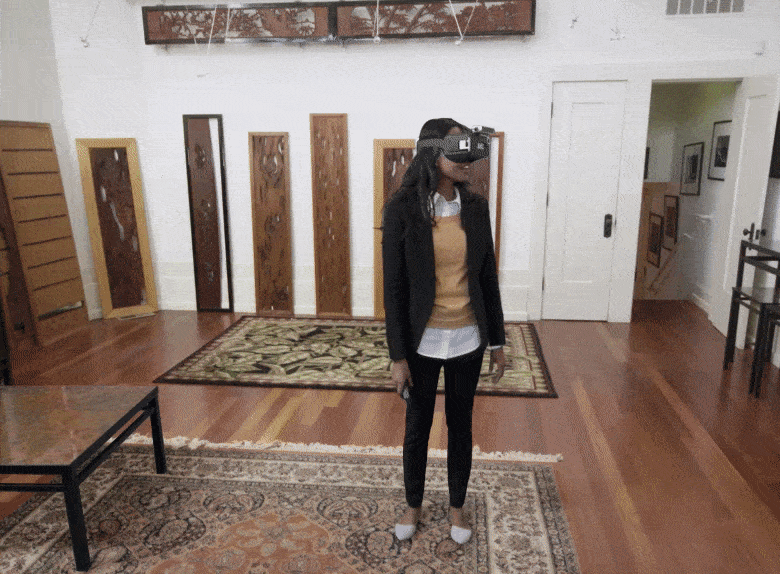Virtual reality on smartphones is still in its infancy, with Google Cardboard and Samsung’s Gear VR being the most popular options for those wanting to dabble in VR without going all-in with an Oculus Rift or HTC Vive. That doesn’t leave a ton of options for iPhone owners, but Occipital’s Bridge headset might have the power to make Apple’s smartphone a VR heavyweight.
What makes Bridge different from the Gear VR and Cardboard, aside from the fact that it’s made exclusively for iPhone, is that it’s not just a plastic housing that sits on your face. The additional hardware that makes up the Bridge, including the positional “Structure Sensor” and wide angle lens adapter for the iPhone camera, works together with the phone to not only detect your head movements, but also your location as it relates to the world around you.
The sensor, which is mounted on the brow of the headset, uses infrared scanning to gauge your distance from objects in your immediately vicinity. That means you can walk around an open space and have those movements duplicated in the virtual world, just like you’d experience with a full-room VR setup like the HTC Vive.
Also like the Vive, the headset can warn of before you run into objects in the real world, and generates a wireframe model of what it’s seeing so you don’t smack a wall or trip over a coffee table. However, unlike the Vive and Rift, it can do all this without the need for additional sensors mounted around the room, or thick wires running from the headset to a computer.
It’s all pretty impressive looking, and thanks to the onboard camera of the iPhone, augmented reality and mixed reality experiences are also totally within the Bridge’s capabilities. Of course, the success of any platform hinges on the content, and for that the headset needs to find its way into the hands of talented developers. Occipital is currently rolling out both its “Explorer Edition” bundle to get developers on board for $499, and the standalone headset and single Bluetooth controller for $399.








